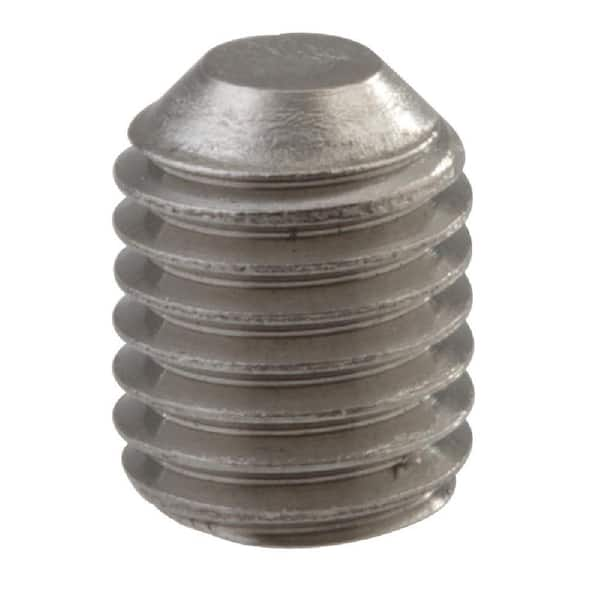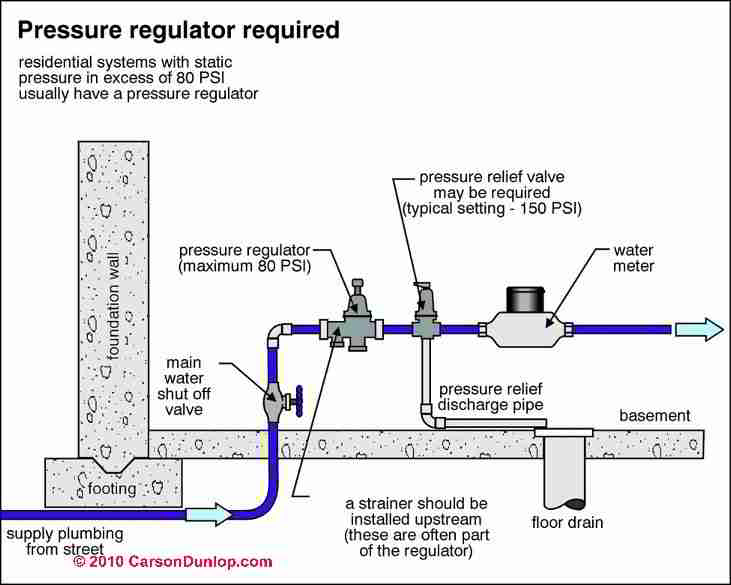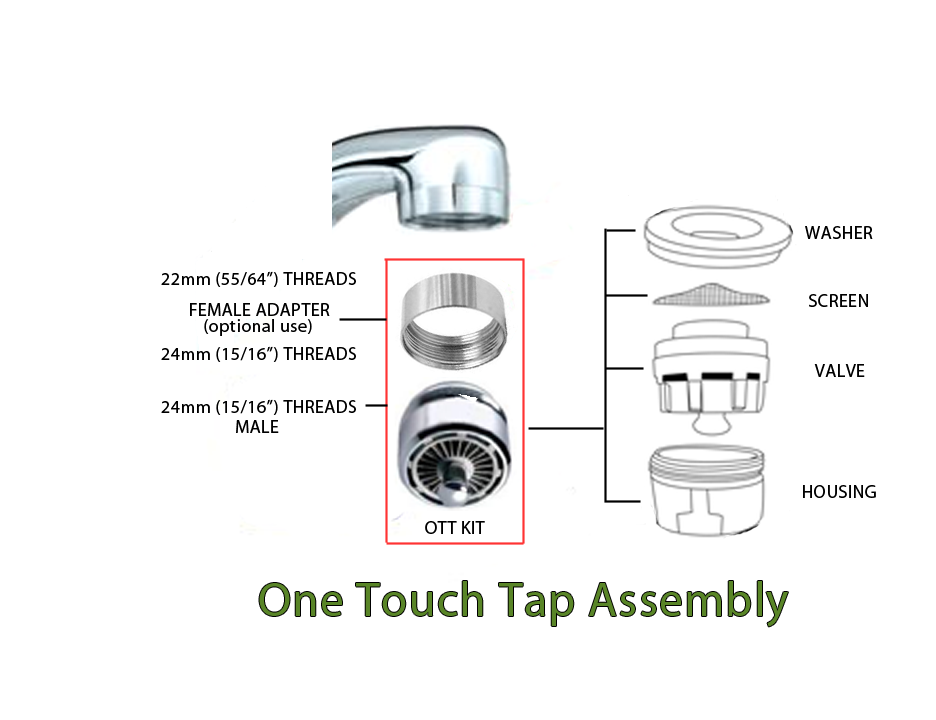Water cascades from your kitchen sink despite twisting the handle firmly to the “off” position. That relentless stream means wasted water, climbing utility bills, and potential damage to your cabinets. When your Delta kitchen faucet won’t turn off completely, it’s almost always a fixable issue—not a plumbing catastrophe. Thousands of homeowners face this exact problem annually, but most can resolve it with basic tools and under two hours of effort.
Whether you’re dealing with a steady torrent or an annoying drip that won’t quit, understanding the root cause is half the battle. This guide cuts through the confusion to deliver precise solutions for your uncooperative Delta faucet. You’ll learn exactly why your faucet refuses to shut off and discover the most effective repairs, from simple cleaning procedures to complete cartridge replacement.
Diagnose Continuous Flow vs. Persistent Drip
Determine Your Specific Failure Pattern
The first step to fixing your Delta kitchen faucet won’t turn off problem is identifying the exact nature of the water flow. A full, steady stream that continues regardless of handle position typically signals a cracked cartridge housing or completely degraded internal seals. A slow drip from the spout indicates worn rubber seals allowing small amounts of water to bypass the closed position. Intermittent flow that starts and stops unpredictably often points to debris interference or handle mechanism issues.
Pay attention to whether hot water, cold water, or both supplies are affected. When only the hot side won’t shut off, thermal expansion issues or a failing hot water cartridge are likely culprits. If both supplies continue flowing, you’re probably dealing with a main cartridge failure requiring immediate attention.
Test Handle Movement Limitations
Rotate your faucet handle through its complete range of motion while observing water flow. Significant resistance or grinding suggests mineral deposits have built up inside the cartridge mechanism. Excessive handle wobble indicates a loose set screw or stripped splines preventing full engagement. Restricted rotation where the handle won’t turn completely to the closed position usually means corrosion or physical damage is blocking movement.
Try this critical test: with water running, firmly push the handle into the fully closed position. If water stops completely when applying extra pressure, your cartridge likely needs replacement. If water continues flowing regardless of handle position, you’re facing a more serious failure requiring immediate disassembly.
Complete Visual Inspection Before Disassembly
Spot Early Warning Signs
Before shutting off water or removing components, spend three minutes examining your faucet. Check for visible corrosion around the handle base and escutcheon plate—this often indicates chronic leaks. Look for mineral crust buildup at the handle connection points, especially common in hard water areas. Test handle stability by gently wiggling it—any play beyond minimal movement signals a loose set screw.
Observe the water flow pattern carefully. A stream that changes direction or pulsates suggests pressure issues affecting shutoff capability. Consistent flow in one direction points directly to cartridge problems. Listen for unusual sounds like grinding, squealing, or knocking—these provide valuable clues about internal damage that might not be visible.
Conduct Simple Pressure Assessment
Your home’s water pressure could be overpowering your Delta faucet’s ability to shut off completely. Use an inexpensive pressure gauge (under $15 at hardware stores) to test at your nearest outdoor spigot. Normal residential pressure ranges from 40-60 PSI. Readings above 80 PSI can prevent cartridge seals from seating properly, causing continuous flow.
Pro Tip: If your pressure exceeds 60 PSI, consider installing a pressure regulator before replacing the cartridge. This prevents future failures and protects your entire plumbing system. High pressure not only causes your Delta kitchen faucet won’t turn off problem but also shortens the lifespan of all fixtures in your home.
Replace Faulty Cartridge with Precision
Identify Your Exact Cartridge Model
Delta uses several cartridge types across their kitchen faucet lineup, and using the wrong replacement won’t solve your Delta kitchen faucet won’t turn off issue. Locate your model number stamped on the faucet body or in original documentation. Common cartridges include:
- RP50587: For single-handle pull-down models (2015-present)
- RP46463: Diamond Seal Technology models with ceramic discs
- RP19804: Older two-handle models (pre-2010)
- RP32104: Monitor series temperature control mechanisms
Can’t find the model number? Remove your old cartridge and take it to your local hardware store for exact matching—this guarantees you get the correct replacement. Don’t guess based on faucet appearance alone, as internal components vary significantly between seemingly identical models.
Execute Perfect Cartridge Installation
Before starting: Shut off water supply using the angle stops under your sink. Open the faucet to release pressure and confirm water has stopped. Place a bucket under connections to catch residual water.
Disassembly:
1. Remove the decorative cap on the handle using a flat-head screwdriver
2. Tighten or loosen the set screw with the correct Allen wrench (usually 1/8″ or 3/32″)
3. Pull the handle straight up—you may need gentle tapping with a rubber mallet
4. Unscrew the dome cap by hand or with channel-lock pliers
5. Use needle-nose pliers to remove the retaining clip
6. Pull the cartridge straight up using pliers or a dedicated cartridge puller
Installation:
– Lubricate the new cartridge’s O-rings with food-grade silicone grease
– Align the cartridge with orientation marks (usually a small arrow or tab)
– Press firmly until fully seated—you’ll feel it drop into place
– Reinstall the retaining clip securely
– Reassemble handle components in reverse order
Critical Testing: Turn water supply back on slowly. Check for leaks around the handle base and spout. Run water for 30 seconds, then shut off completely. Repeat this cycle 5-6 times to ensure reliable shutoff before considering the repair complete.
Repair Handle Mechanism Without Replacement

Secure Loose Handle Connections
A loose handle prevents full engagement with the cartridge stem, causing your Delta kitchen faucet won’t turn off problem. Tighten the set screw using the exact size Allen wrench—using the wrong size will strip the screw head and create a bigger problem. The set screw is typically hidden under a small cap on the handle front or side.
If tightening doesn’t eliminate handle wobble, check for stripped splines on both the handle interior and cartridge stem. For minor wear, apply plumber’s thread sealant to the connection as a temporary fix. For severe spline damage, order a replacement handle specific to your model number.
Restore Full Handle Movement
Mineral deposits commonly bind the handle mechanism, especially in hard water areas. Remove the handle and soak it in a 50/50 vinegar solution for 30 minutes. Use an old toothbrush to gently clean the spline area and handle interior without scratching surfaces.
Corrosion between handle and escutcheon often limits rotation to the closed position. Clean both contact surfaces with vinegar and apply a thin layer of silicone grease before reassembly. This creates a protective barrier against future corrosion and ensures smooth operation for years.
Address Underlying Water Supply Problems

Resolve High Pressure Issues
Excessive water pressure (above 80 PSI) can prevent cartridge seals from seating properly, causing your Delta kitchen faucet won’t turn off problem. Install a pressure regulator at your main water supply line if testing reveals excessive pressure. This $50-100 investment protects all your home’s fixtures and prevents recurring failures.
Water hammer—the loud banging sound when faucets close quickly—can damage internal cartridge components over time. Install water hammer arrestors near your kitchen faucet ($15-25 each) to absorb pressure spikes and extend your faucet’s lifespan.
Clear Supply Line Obstructions
Debris in supply lines can prevent complete cartridge closure, causing persistent flow. After removing the old cartridge, flush the valve body by briefly turning the water supply back on. Place a bucket to catch water and any dislodged particles. This crucial step prevents immediate damage to your new cartridge.
If you find significant debris during flushing, consider installing point-of-use filters on your kitchen supply lines. These $20-40 filters protect your new cartridge and improve overall water quality while preventing future shutoff failures.
Implement Preventive Maintenance Routine

Monthly Care to Avoid Future Failures
Every month: Remove and clean your faucet’s aerator by unscrewing it counterclockwise. Soak it in vinegar for 15 minutes to dissolve mineral deposits, then rinse thoroughly. This simple step prevents debris from reaching the cartridge mechanism.
Every quarter: Exercise your shutoff valves by turning them fully on and off. This prevents them from seizing closed and ensures you can quickly shut off water during future repairs. Apply a light coating of silicone grease to valve stems after operation.
Annual Deep Maintenance
Once yearly: Remove the faucet handle and apply food-grade silicone grease to the spline connection and visible O-rings. This prevents corrosion and ensures smooth operation while reducing wear on internal components.
Check water pressure annually using a simple gauge. Consistent monitoring catches pressure issues before they damage your plumbing system. Install a regulator if pressure consistently exceeds 60 PSI—this single action prevents most Delta kitchen faucet won’t turn off problems.
Your Delta kitchen faucet refusing to turn off completely signals worn internal components, but it’s rarely a catastrophic failure. Most issues resolve with simple cartridge replacement—a straightforward repair you can complete this afternoon. The key is accurate diagnosis followed by methodical repair. With proper maintenance, your repaired faucet will provide years of reliable service, eliminating that frustrating continuous flow for good. If you encounter complex models with electrical components or significant valve body damage, don’t hesitate to call a professional plumber—knowing your limits prevents costly water damage.



